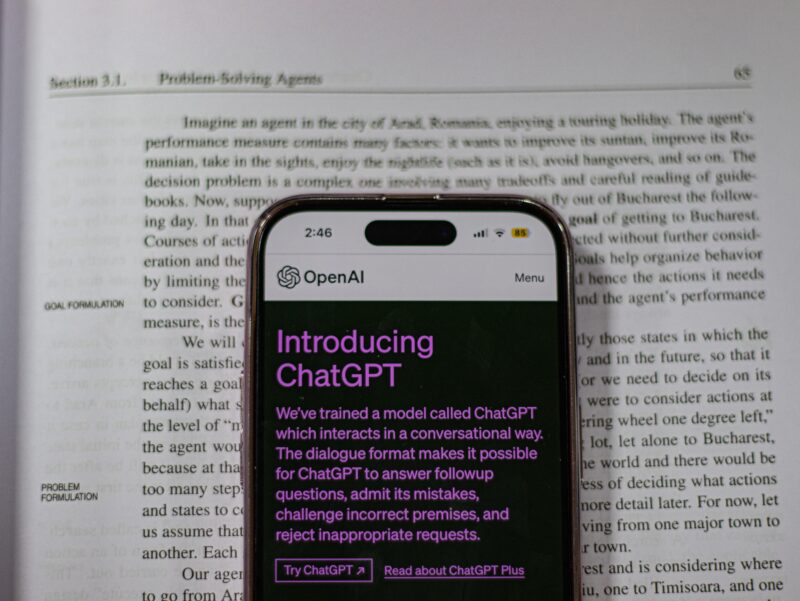Getting an incredible advantage in the age of AI
The widespread availability of AI algorithms has made it possible for businesses to incorporate AI into their operations and products. However, as Caspar Yuill, senior strategist at Affinity writes, with such AI ubiquity, what will be the competitive advantage?
AI algorithms are well and truly here. Now that anyone can get a hold of ChatGPT, it seems like everyone is trying to work out how to take advantage of it. But when everyone has access, how will one business get an edge on any other.

If you’ve ever seen Pixar’s ‘The Incredibles’, you’d know that the supervillain ‘Syndrome’ ends his evil-plot monologue with the line ‘And when everyone’s super, no-one will be’. Who knew a Pixar flick would give us such an apt summary of the state of AI in companies today?


Insightful and charming. Great article